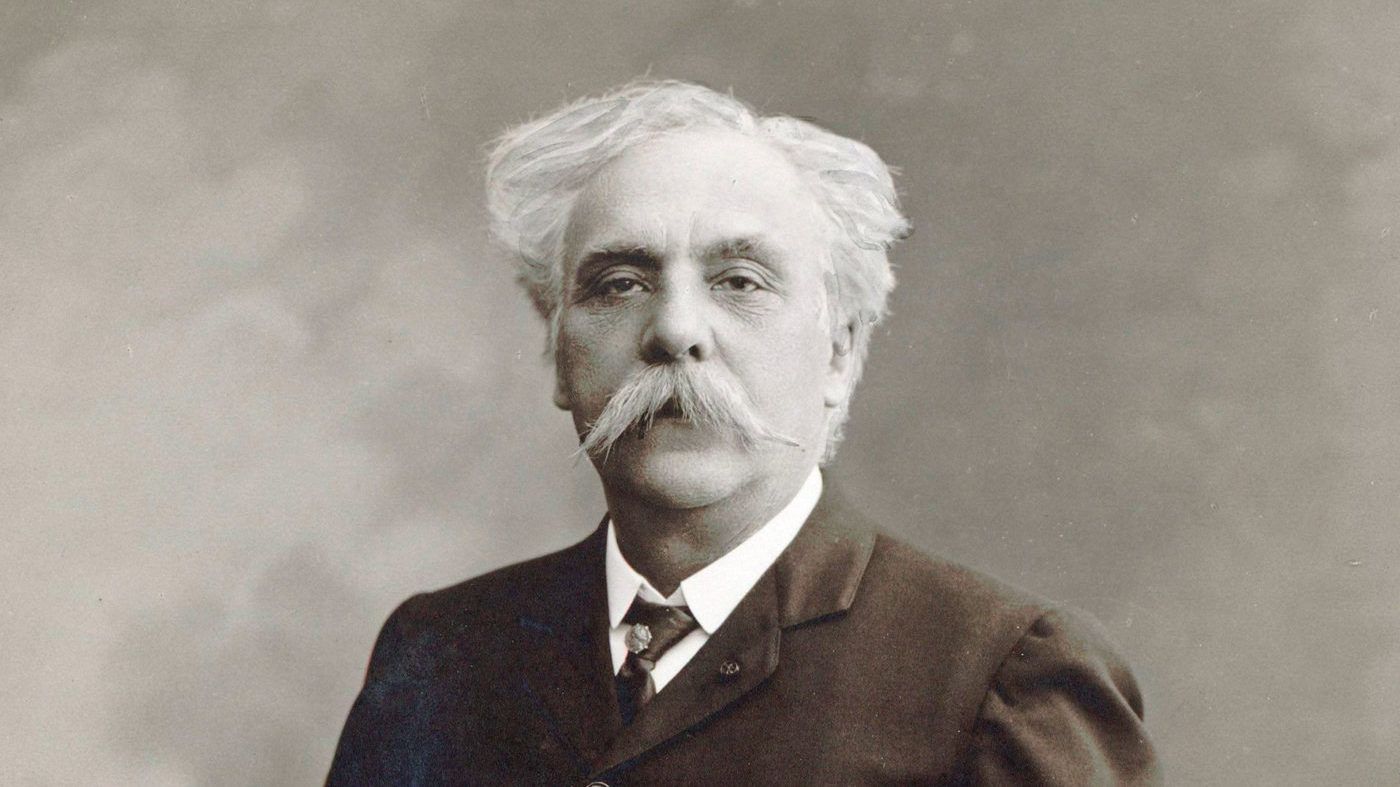Gabriel Fauré’s Ballade in F-sharp Major, Op. 19 is filled with harmony-bending moments. For example, listen to the opening of the piece. The first phrase follows a graceful and beautifully consonant arc. Then at the 0:26 mark, we get a sudden, wrenching dissonance. Floating over a serene, hypnotically repeating rhythmic line, this music doesn’t seem far off from Erik Satie’s dreamy Gymnopédies, published ten years later in 1888, or the second movement of Ravel’s Piano Concerto in G Major. The Ballades of Chopin may have been Fauré’s obvious model. But there is something undeniably French in this music which anticipates Impressionism.
That brief jolt of harmonic adventure is just the beginning. There are other similar passages sprinkled throughout the piece, culminating in a gentle duel between keys in the final bars. Perhaps coincidentally, there is even a moment which contains echoes of the blues. While flirting with danger, Fauré never pushes us over the edge. The music always finds a neat resolution, just in time.
Fauré wrote the F-sharp Major Ballade in 1879 and dedicated it to his teacher, Camille Saint-Saëns. Later, it reappeared in a version for piano and orchestra. Fauré recounted a story in which Franz Liszt sat down to sight-read the piece and stopped midway through, claiming that he had “run out of fingers.” The Ballade may have inspired a fictitious Sonata in Marcel Proust’s novel, In Search of Lost Time.
Filled with bright splashes of color and childlike innocence, this is delightfully sunny music. Here is Jean-Philippe Collard’s 1985 recording:
Recordings
- Fauré: Ballade in F-sharp Major, Op. 19, Jean-Philippe Collard Amazon

